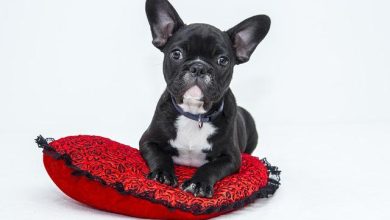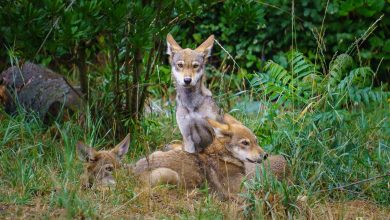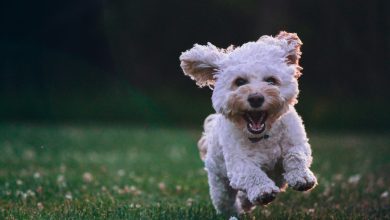How to Help a Dog Overcome Fear of New Places
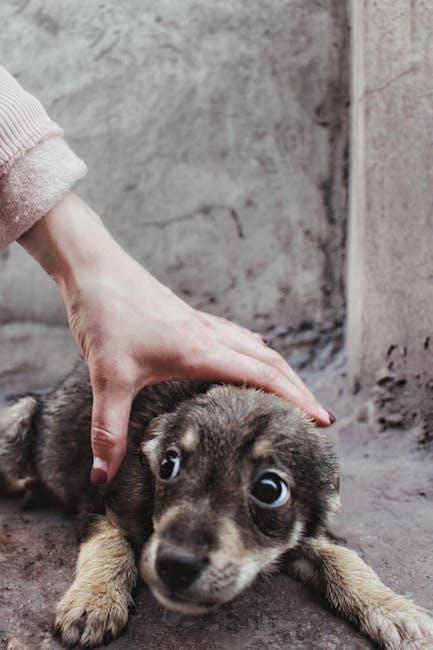
Introducing a dog to new environments can be a challenging experience, both for the pet and its owner. Many dogs exhibit fear or anxiety when confronted with unfamiliar places, which can manifest in behaviors such as trembling, excessive barking, or attempts to escape. Understanding how to help a dog overcome this fear is crucial for ensuring their well-being and fostering a sense of security and confidence. This article provides a comprehensive guide on strategies and techniques that can assist in easing your dog’s transition into new surroundings. By employing patience, consistency, and positive reinforcement, you can help your furry companion navigate the world with greater ease and enjoyment.
Understanding Canine Anxiety Triggers
When addressing a dog’s apprehension towards unfamiliar environments, it is essential to identify the specific factors that may be contributing to their anxiety. Dogs, much like humans, can be sensitive to various stimuli, and pinpointing these triggers can greatly aid in alleviating their distress. Common triggers may include:
- Unfamiliar Sounds: New environments often come with unfamiliar noises that can startle your pet. Loud or sudden sounds, such as traffic, construction, or even new household appliances, can contribute to their unease.
- Strange Scents: Dogs have a keen sense of smell, and new places are often filled with unfamiliar scents that can overwhelm them.
- Different Textures: The feel of new surfaces, whether it’s grass, gravel, or tile, can be unsettling for a dog that is used to the familiar textures of home.
- Presence of Other Animals: Encountering other animals can be a significant source of anxiety, especially if your dog is not accustomed to social interactions with other pets.
- Changes in Routine: Dogs thrive on routine, and a disruption to their usual schedule can make them feel insecure.
Understanding these triggers is a crucial step in creating a supportive environment for your dog as they navigate new places. By recognizing and addressing these elements, you can help reduce their anxiety and encourage a more positive experience.
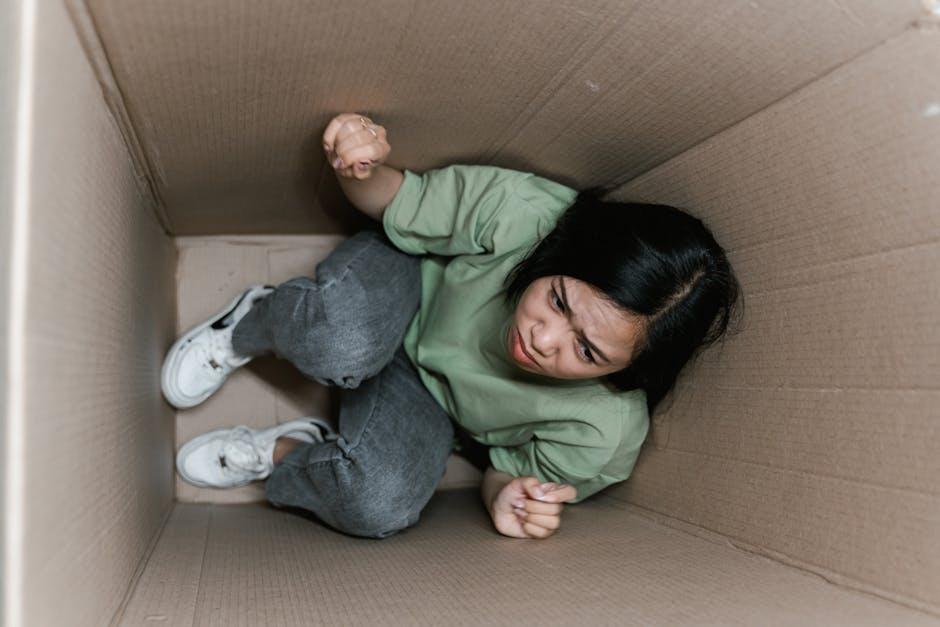
Creating a Safe and Comfortable Environment
To assist your dog in feeling secure and at ease in unfamiliar environments, it’s essential to establish a sanctuary that promotes both comfort and safety. Begin by bringing familiar items from home, such as favorite toys, a blanket, or a bed, which can provide a sense of continuity and reassurance. Make sure the new area is free from potential hazards and distractions that might cause anxiety. Gradually introduce your dog to the space, allowing them to explore at their own pace.
- Ensure the space is quiet and free from loud noises.
- Provide plenty of fresh water and nutritious snacks to maintain comfort.
- Use positive reinforcement to reward calm behavior.
Creating a routine can also help mitigate fear. Try to maintain consistent feeding times and walks to establish a predictable environment. Engage in activities that your dog enjoys, such as gentle play or a slow, relaxed walk around the new area, to build positive associations. With patience and careful planning, you can transform any new place into a welcoming and stress-free haven for your furry friend.
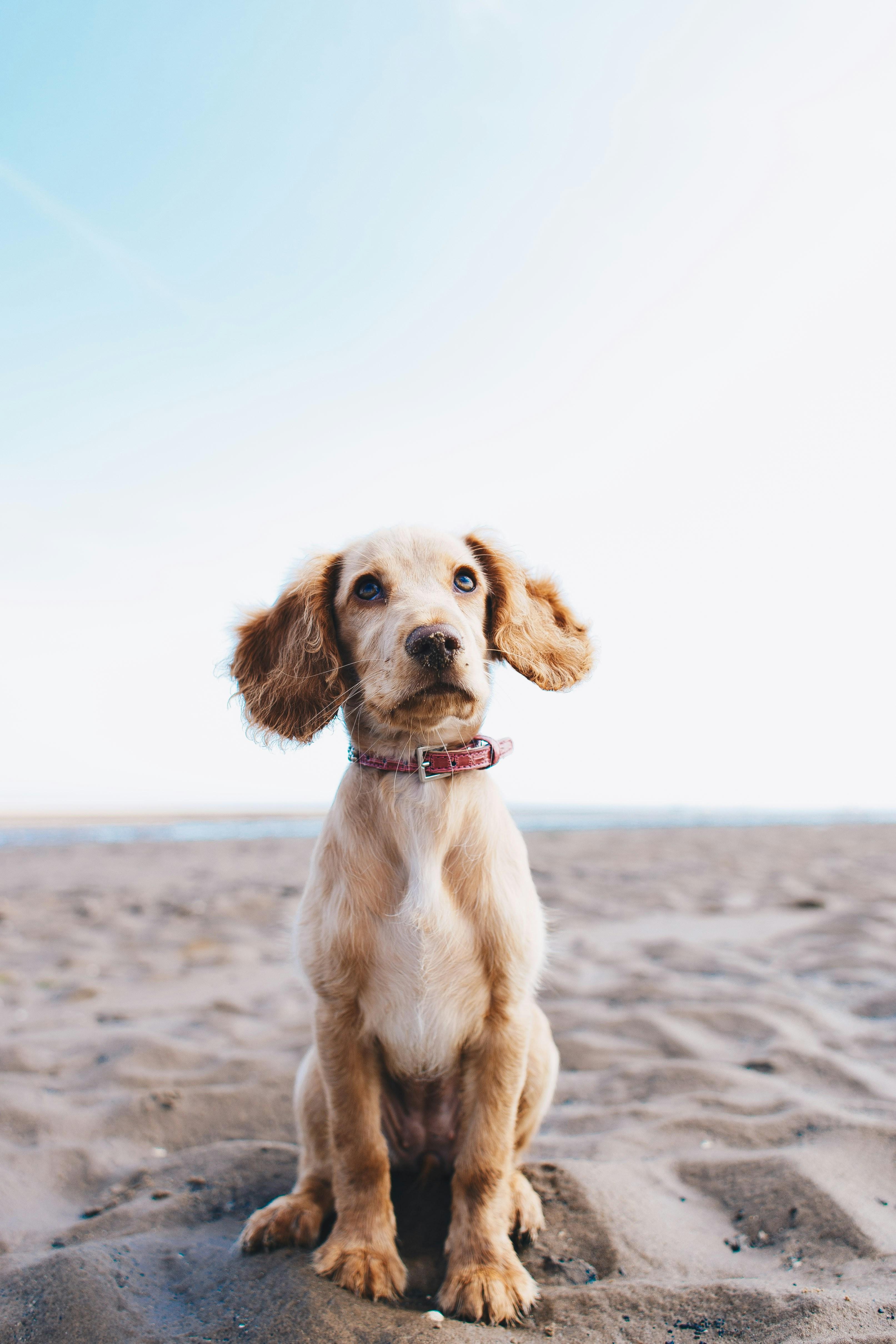
Gradual Exposure and Positive Reinforcement Techniques
When helping your furry friend conquer their fear of unfamiliar environments, implementing a strategy of small, manageable steps can be incredibly effective. Start by introducing your dog to new places gradually, ensuring each experience is a positive one. Begin with environments that are similar to those they are comfortable with, slowly increasing the complexity and novelty as they grow more confident. During each exposure, maintain a calm demeanor to signal that everything is safe and under control.
- Reward positive behavior: Use treats, praise, or their favorite toy to reward your dog when they exhibit calm behavior in a new place.
- Short and sweet: Keep initial visits to new locations brief to prevent overwhelming your dog.
- Observe and adjust: Pay attention to your dog’s body language and adjust the pace of exposure based on their comfort level.
Positive reinforcement plays a crucial role in this process. By consistently rewarding your dog for calm and curious behavior, you can help them associate new places with positive outcomes. This method not only builds their confidence but also strengthens the bond between you and your pet. Remember, patience is key—progress might be slow, but with consistent effort, your dog will learn to embrace new adventures with enthusiasm.
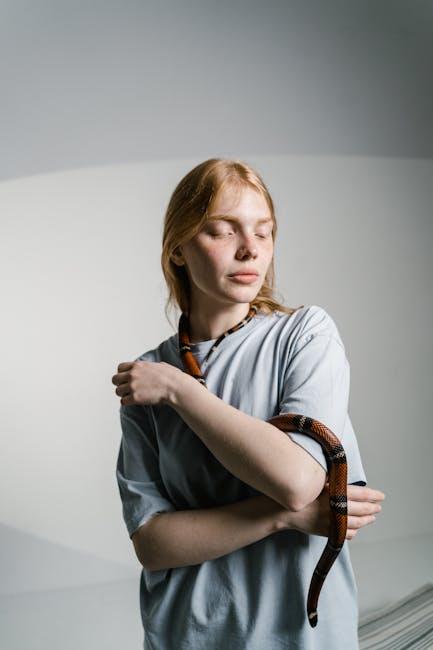
Monitoring Progress and Adjusting Strategies
Regularly observing your dog’s reactions during exposure to new environments is crucial in understanding their progress and tailoring your approach. Keep a behavioral journal to note any signs of improvement or regression. This log will help you identify patterns or triggers that may need addressing. Be patient and recognize that progress can be non-linear, often requiring adjustments to the initial strategy.
When you notice your dog becoming more comfortable, gradually increase the complexity of the environments. Introduce them to busier locations or longer exposure times. If any regression occurs, don’t hesitate to revert to previous steps where your dog felt more secure. Consider these strategies:
- Gradual Exposure: Slowly introduce new elements or settings to minimize overwhelm.
- Positive Reinforcement: Reward calm behavior to reinforce confidence.
- Consistent Routine: Maintain a routine to provide a sense of predictability.
- Professional Guidance: Seek advice from a trainer if progress stalls or regresses significantly.
Flexibility in your approach ensures that you are meeting your dog’s unique needs, ultimately leading to a more confident and adventurous companion.
